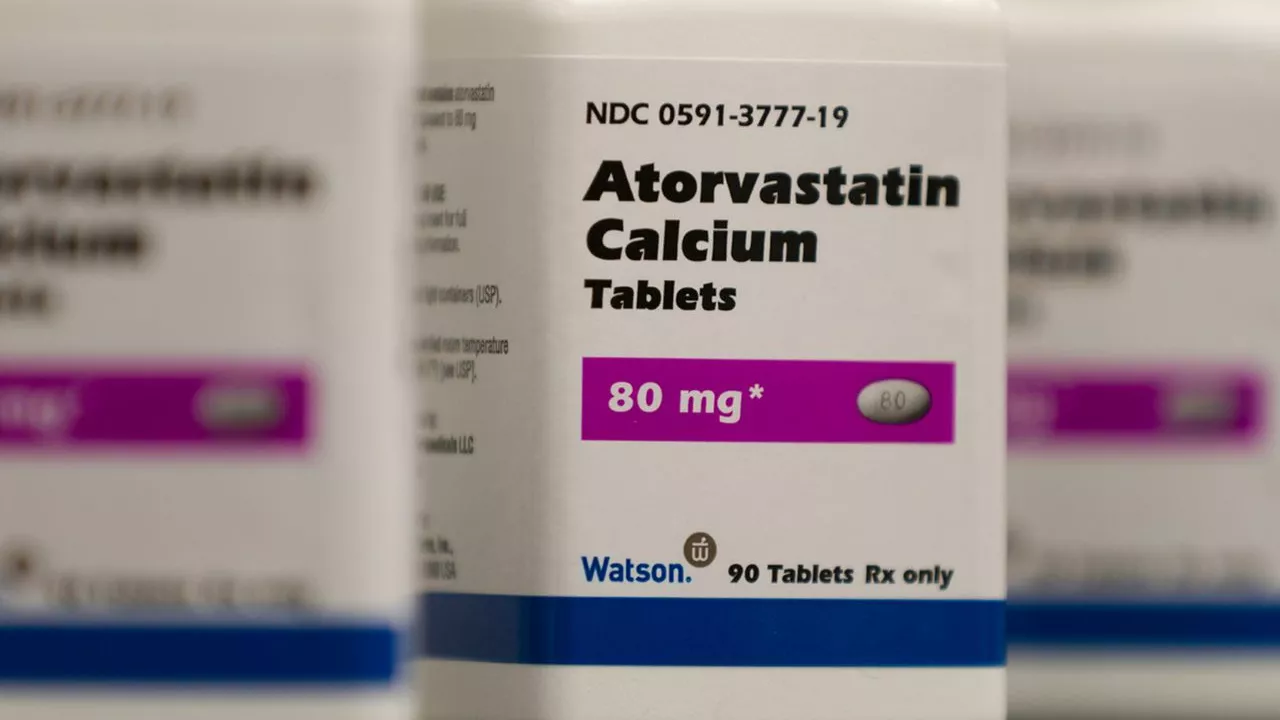Atorvastatin: What It Does and How to Use It
Atorvastatin (often sold as Lipitor) is a statin medicine used to lower LDL — the "bad" cholesterol — and reduce the risk of heart attack and stroke. If your doctor suggested atorvastatin, they want to lower your long-term cardiovascular risk. It works by blocking an enzyme in the liver that makes cholesterol, so your body clears more LDL from the blood.
How atorvastatin works and when it's used
Doctors prescribe atorvastatin for high LDL, mixed cholesterol problems, and to prevent heart events in people with existing heart disease or diabetes. Large clinical trials (for example, more intensive statin trials like TNT and PROVE-IT) showed that stronger LDL-lowering cuts heart attacks and strokes. Typical starting doses are 10–20 mg daily; many people need 40 mg or even 80 mg to reach target LDL levels, depending on risk.
Expect to have a lipid test 4–12 weeks after starting or changing dose so your doctor can see if the medicine is working. Most people take atorvastatin at night, but it can be taken any time of day — consistency matters more than exact timing.
Side effects, interactions, and practical tips
Most people tolerate atorvastatin well, but watch for muscle aches, weakness, or dark urine — these can signal a rare but serious muscle problem (rhabdomyolysis). Mild muscle pain is more common and often improves after changing dose or switching statins. A small increase in blood sugar and a slightly higher risk of new diabetes have been reported with statins, but the heart protection usually outweighs that risk for people at higher cardiovascular risk.
Atorvastatin can raise liver enzymes in some people. Your doctor usually checks liver tests before starting and may recheck if symptoms appear (yellowing skin, severe fatigue, abdominal pain). Avoid atorvastatin if you are pregnant or breastfeeding.
Drug interactions matter: grapefruit juice and grapefruit products can raise atorvastatin levels and increase side effect risk. Strong CYP3A4 inhibitors — like certain antibiotics (clarithromycin), antifungals (ketoconazole), and some HIV protease inhibitors — also boost statin levels. Tell your prescriber about all meds and supplements you take.
Want to reduce pill dose or avoid a statin? Lifestyle changes work: eat a Mediterranean-style diet, lose excess weight, and do regular aerobic exercise. For many people, these steps cut LDL, but they usually don't replace statins when the risk of heart disease is high.
Generic atorvastatin is widely available and far cheaper than brand-name Lipitor. If side effects occur, talk to your doctor—options include lowering dose, switching statins, or using alternate dosing schedules. Always report unexplained muscle pain or weakness right away.
If you're unsure whether atorvastatin fits your health goals, ask your provider for a clear risk estimate and what LDL target they aim for. That makes the choice practical: what benefit do you get and what trade-offs are acceptable for you?

The Long-Term Effects of Atorvastatin Use
In my recent exploration, I delved into the long-term effects of Atorvastatin use, a medication commonly used to manage high cholesterol. I found that while it can effectively lower cholesterol levels and reduce the risk of heart disease, it's not without side effects. Long-term use can potentially lead to issues like liver damage, type 2 diabetes, and muscle inflammation or damage. It's crucial that patients on Atorvastatin maintain regular check-ups with their doctors to monitor any possible side effects. However, it's important to remember that for many, the benefits of taking Atorvastatin outweigh these potential risks.
- Health and Wellness (58)
- Drug Information (45)
- Pharmacy Information (19)
- Medical Conditions (17)
- Supplements (4)
- Diabetes (3)
- Travel Health (2)
- Parenting (2)
- Mental Health (2)
- Heart Health (1)
-
Delayed Medication Side Effects: Recognizing Late-Onset Adverse Reactions
18 Nov 2025 -
Exploring Stromectol Alternatives: 2025 Feasible Options
24 Feb 2025 -
Prograf (Tacrolimus) vs. Alternative Immunosuppressants: A Detailed Comparison
12 Oct 2025 -
Finasteride's Broader Impact: Beyond Hair Loss to Prostate Cancer Prevention
22 Mar 2024 -
Antidepressants and Birth Control: What You Need to Know About Medication Interactions
24 Nov 2025

26.07.23
Alistair Mukondiwa
20